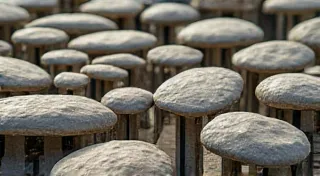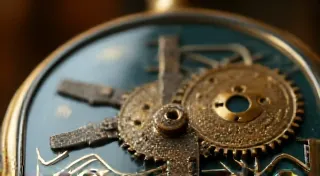The Silent Dialogue: A Beginner’s Guide to Left-Handed Calligraphy Tools & Their Souls
For the left-handed calligrapher, the act of creation isn't just about shaping ink into beautiful forms; it's a negotiation. A constant, subtle dialogue with the tools themselves. We navigate a world largely designed for the right-handed, and our instruments become not just extensions of our hands, but confidantes, interpreters of our intentions. This isn’s just about ink smudging prevention – it’s about understanding *why* it smudges and how the tool in your hand contributes to, or mitigates, that challenge.
I remember finding my first antique accordion, tucked away in a dusty shop in rural France. It wasn’t functional, really, several keys were jammed, bellows cracked, but the sheer craftsmanship—the intricate rosewood carvings, the tarnished brass, the faint ghost of music lingering within—it captivated me. It wasn't just an instrument; it was a story. And calligraphy tools, especially antique ones, possess that same quiet resonance. They're not simply objects; they’re vessels of history, imbued with the hands that shaped them, the letters they helped form.
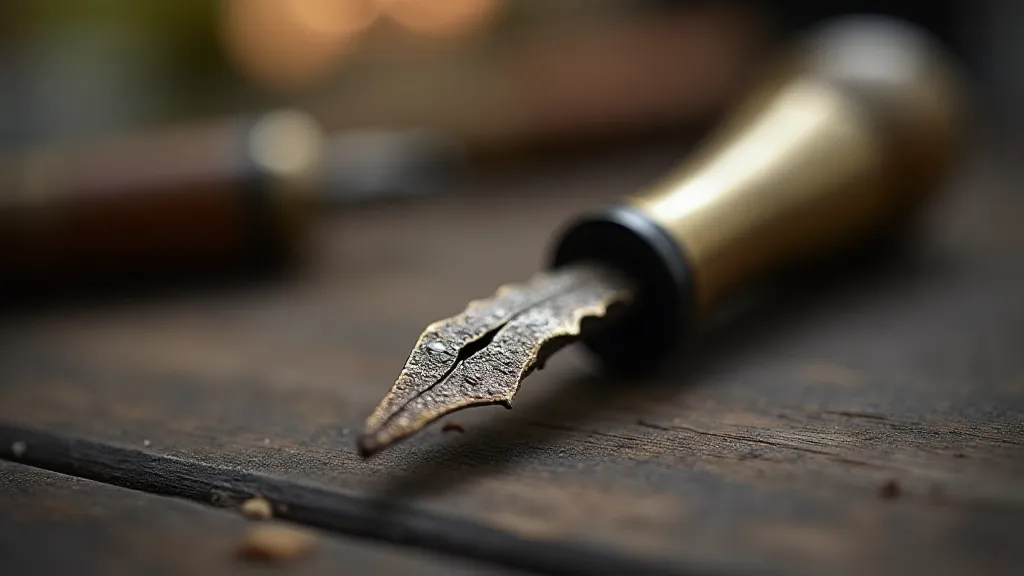
The Nib: The Heart of the Matter
Let's start with the nib. For the left-handed calligrapher, the nib is particularly crucial. The angle of attack, the flexibility, even the tines' alignment – it all impacts how the ink flows and the stroke is laid down. Traditional nibs, often pointed or broad-edged, weren’t inherently designed with the left-handed motion in mind. We tend to pull, rather than push, which puts a different kind of stress on the nib, increasing the likelihood of smudging.
Consider the Spencerian nib, a favorite among many. Its inherent springiness and responsiveness lend themselves to graceful, flourishing script. However, a left-handed pull can warp its delicate tines over time, requiring occasional realignment. Finding a nib with a slightly stiffer spine might offer better control, preventing excessive flex and reducing the risk of that dreaded smear. Experimentation is key. Don't be afraid to try different brands and styles. Oblique nibs, which angle the writing point, are often recommended—though their suitability can vary depending on the individual's hand position and angle of approach.
Antique nibs, often found in estate sales or online auctions, can be a treasure trove for the left-handed calligrapher. They often possess a unique responsiveness, a character that’s been mellowed by time. However, be mindful of corrosion. A little rust is often a sign of authenticity, but excessive corrosion can compromise the nib’s performance. A gentle cleaning with a specialized nib cleaner can often restore functionality, but aggressive methods can damage the delicate metal.
The Holder: An Unsung Hero
The holder, often overlooked, is surprisingly significant. Its design impacts the angle of the nib and the overall comfort of the writing experience. Straight holders, while common, often force the left-handed calligrapher into an awkward angle, exacerbating smudging. Oblique holders, which angle the nib outwards, are frequently cited as a solution, but again, the ideal angle varies greatly.
Antique holders, particularly those made from ivory (historically common, but now ethically sensitive to consider acquiring) or intricately carved wood, offer a glimpse into the craftsmanship of a bygone era. They’re not just functional; they’re works of art. The weight and balance of an antique holder can also contribute to a more controlled and elegant stroke. A heavy holder, for example, can counteract the tendency to press too hard, a common issue for left-handed writers.
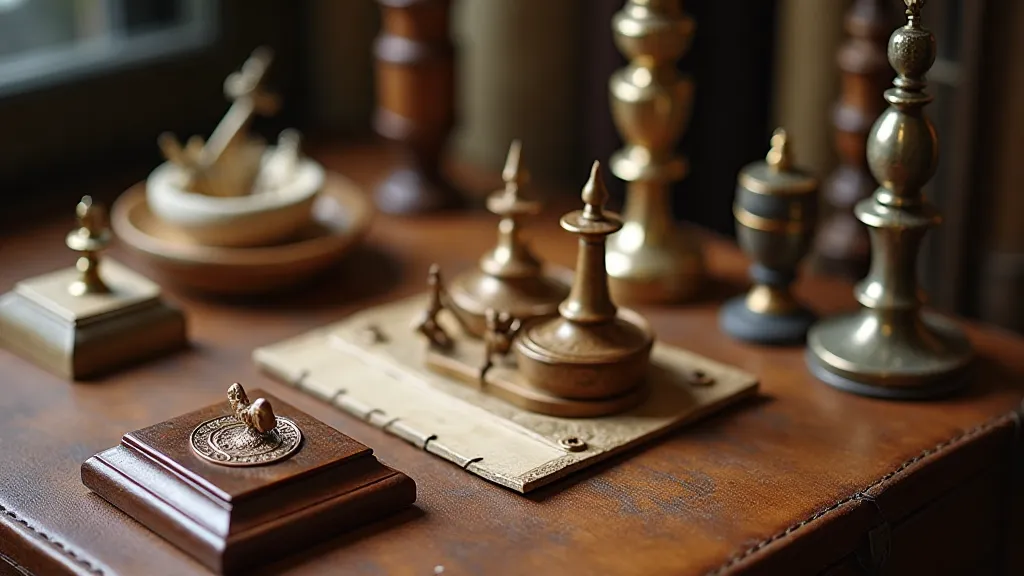
Ink & Paper: The Supporting Cast
While we've focused on the primary tools, it’s crucial to acknowledge the supporting roles of ink and paper. Left-handed calligraphy demands a specific ink formulation. Fast-drying inks, or those specifically designed for fountain pens, are less prone to smudging. Paper choice is equally important. Smooth, coated papers, like those designed for watercolor painting, minimize the absorption of ink and reduce the likelihood of feathering and bleed-through.
Experimenting with different ink brands and paper types can be a rewarding journey. It’s not just about finding what works “best”; it's about finding the combination that resonates with your personal style and aesthetic.
Restoration and Collecting: A Gentle Touch
For those drawn to antique calligraphy tools, restoration can be a fulfilling pursuit. However, it requires a delicate touch and a healthy respect for the object’s history. Cleaning is often the first step, using gentle solvents and specialized brushes. Realignment of nib tines can be attempted, but it’s a risky procedure best left to experienced restorers.
Collecting antique calligraphy tools is more than just acquiring objects; it's about preserving a legacy. Each tool tells a story – a story of craftsmanship, innovation, and the enduring power of the written word. Consider the provenance, the maker's marks, the wear patterns – these are all clues to the tool's history.
Remember, the dialogue between a left-handed calligrapher and their tools is a personal one. There's no universal solution, no single “right” way to hold the nib or choose the paper. It’s a process of discovery, a journey of exploration. Embrace the challenges, celebrate the successes, and allow the tools themselves to guide your hand.
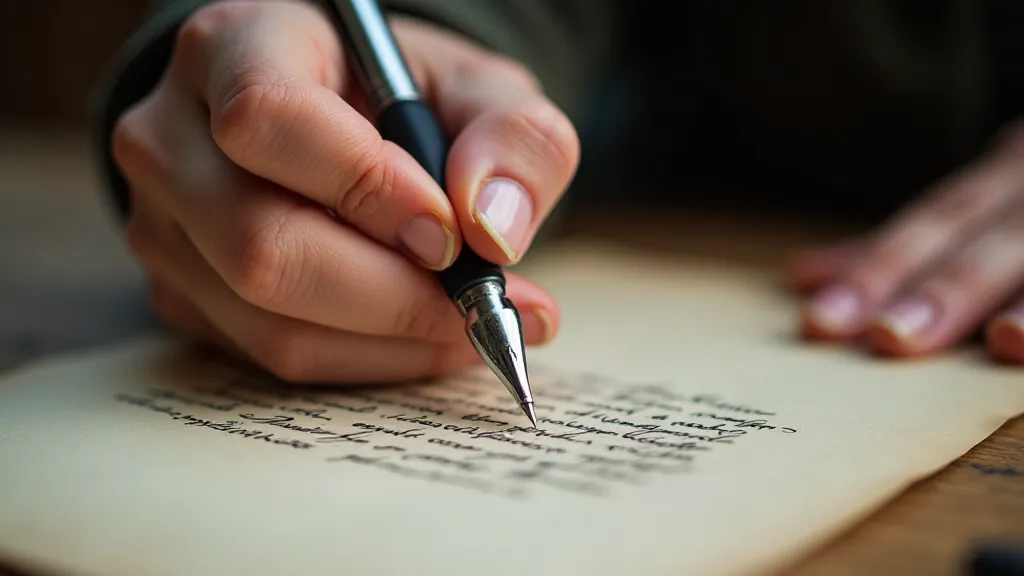
Ultimately, the soul of calligraphy isn’t found in the tools themselves, but in the artistry they enable—in the letters that dance across the page, whispering stories of history, beauty, and the enduring human desire to create.

